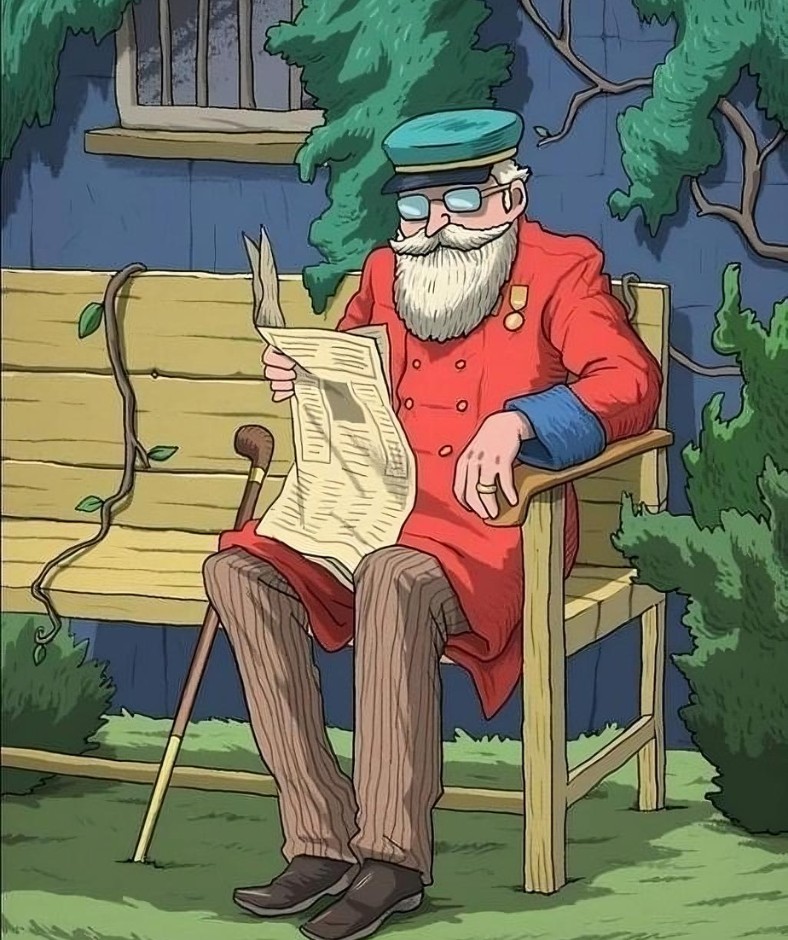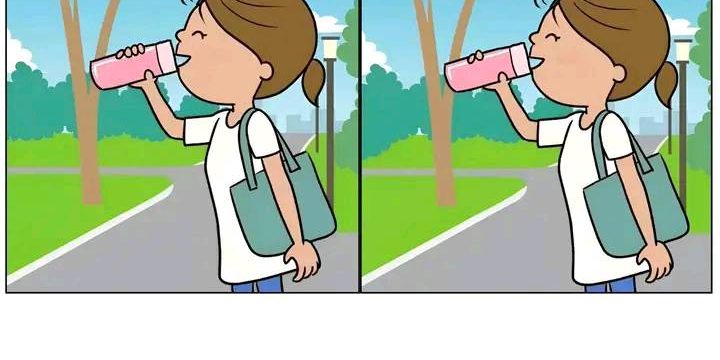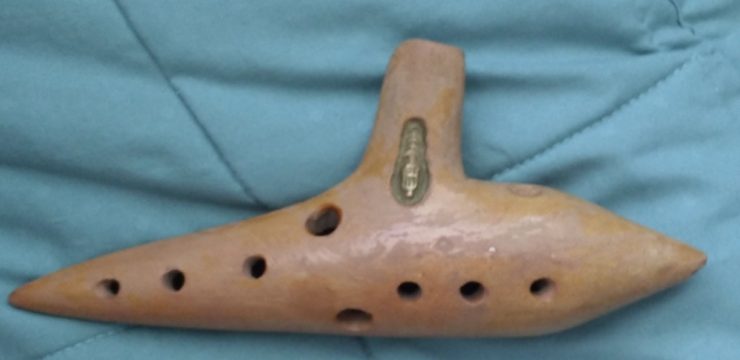Are you ready to challenge your observation skills with a brain-teasing puzzle? This clever visual riddle has left even the sharpest eyes stumped. An elderly gentleman has lost his cherished smoking pipe, and it’s your mission to find it. Do you think you’re part of the elite 2% who can spot the hidden object? Let’s set the scene, dive into the details, and guide you toward solving this intriguing mystery.

The Puzzle: Where Is the Missing Pipe?
Imagine this: an elderly gentleman sits peacefully on a rustic bench outside his quaint home. Dressed in a red, decorative top and striped brown trousers, he’s completely absorbed in reading his newspaper. Beside him rests his trusty walking cane, and the bench is adorned with twisting vines that add a touch of charm to the scene.
Your task is simple—find his missing pipe. But is it really that easy? Not at all. The pipe is cleverly camouflaged, blending seamlessly into its surroundings. It could be hiding in the background, mingling with the plants, or even disguised as part of another object.
Before you continue, take a moment to imagine the scene and visualize every detail. Have you spotted the elusive pipe yet?
Why This Puzzle Is So Tricky
The genius of this puzzle lies in how it plays tricks on your mind. It’s designed to misdirect your focus, pushing you to look in all the wrong places. Here’s why it’s so challenging:
- Clever Disguises: Your brain instinctively searches for objects that resemble a pipe in the most obvious spots—on the bench, among the vines, or lying on the ground. This puzzle, however, hides the pipe in a completely unexpected way.
- Attention to Detail: In a world full of distractions, this puzzle forces you to slow down and carefully observe each element. It’s less about quick scanning and more about truly studying the scene.
- Breaking Assumptions: Most people fail to find the pipe because they expect it to look like a traditional smoking pipe. This challenge requires you to think outside the box and question your assumptions.
Hint: Focus on His Belongings
Need a little nudge? Here’s a hint: The pipe isn’t hidden among the vines or scattered on the ground. Instead, it’s cleverly integrated into an object the elderly gentleman already has with him. Take a closer look at his walking cane. Could it serve a dual purpose?
The Solution: The Pipe Was Right There All Along
If you’re ready for the answer, here’s the reveal: The missing pipe is ingeniously disguised as part of the gentleman’s walking cane. What appears to be the cane’s handle is actually his beloved smoking pipe.
This creative camouflage is what makes the puzzle so challenging. Your brain naturally looks for separate, distinct objects, but this clever design hides the solution in plain sight.
Why Observation Skills Matter
Puzzles like this one aren’t just fun; they’re an excellent way to sharpen your observation and problem-solving skills. Here’s how they benefit you:
- Improved Focus: In today’s fast-paced world, it’s easy to overlook details. Solving puzzles like this helps you train your brain to slow down and pay attention.
- Encourages Creativity: The pipe-in-cane design challenges you to think creatively and question assumptions.
- Boosts Mental Agility: Engaging in puzzles stimulates your brain, improving memory, problem-solving abilities, and overall cognitive function.
The Appeal of Visual Puzzles
Why do we love puzzles like this? The answer lies in their universal appeal and the unique satisfaction they bring:
- A Sense of Achievement: Solving a tricky puzzle provides a gratifying sense of accomplishment.
- Timeless Fun: From kids to seniors, puzzles bridge generations and offer entertainment for everyone.
- Educational Benefits: Beyond being fun, puzzles teach patience, critical thinking, and the value of looking at things from different perspectives.
Tips for Becoming a Puzzle Pro
Want to up your puzzle-solving game? Here are some tips to keep in mind:
- Take Your Time: Don’t rush. Carefully examine the scene and its details.
- Shift Your Perspective: If you’re stuck, look at the puzzle from a different angle or reconsider your approach.
- Focus on Unlikely Spots: Solutions are often hidden where you least expect them.
- Practice Regularly: Like any skill, observation improves with practice. The more puzzles you solve, the better you’ll get.
Challenge Your Friends

Think you’re part of the top 2% who can solve this puzzle? Share it with your friends and family to see if they can match your observation skills. It’s a fun and engaging way to test their creativity and attention to detail. Plus, it’s always entertaining to see how others approach the same challenge.
Conclusion: Hidden in Plain Sight
This seemingly simple puzzle proves that the best solutions are often hidden in plain sight. The elderly gentleman’s pipe wasn’t lost at all—it was cleverly disguised as part of his walking cane. This challenge reminds us how assumptions can mislead us and highlights the importance of looking closer and thinking differently.
So, did you manage to find the pipe before reading the solution? If not, you’re not alone. Puzzles like these encourage us to embrace the joy of discovery and view the world with fresh eyes. Now, pass this challenge along to someone else and see if they can uncover the cleverly hidden pipe!





